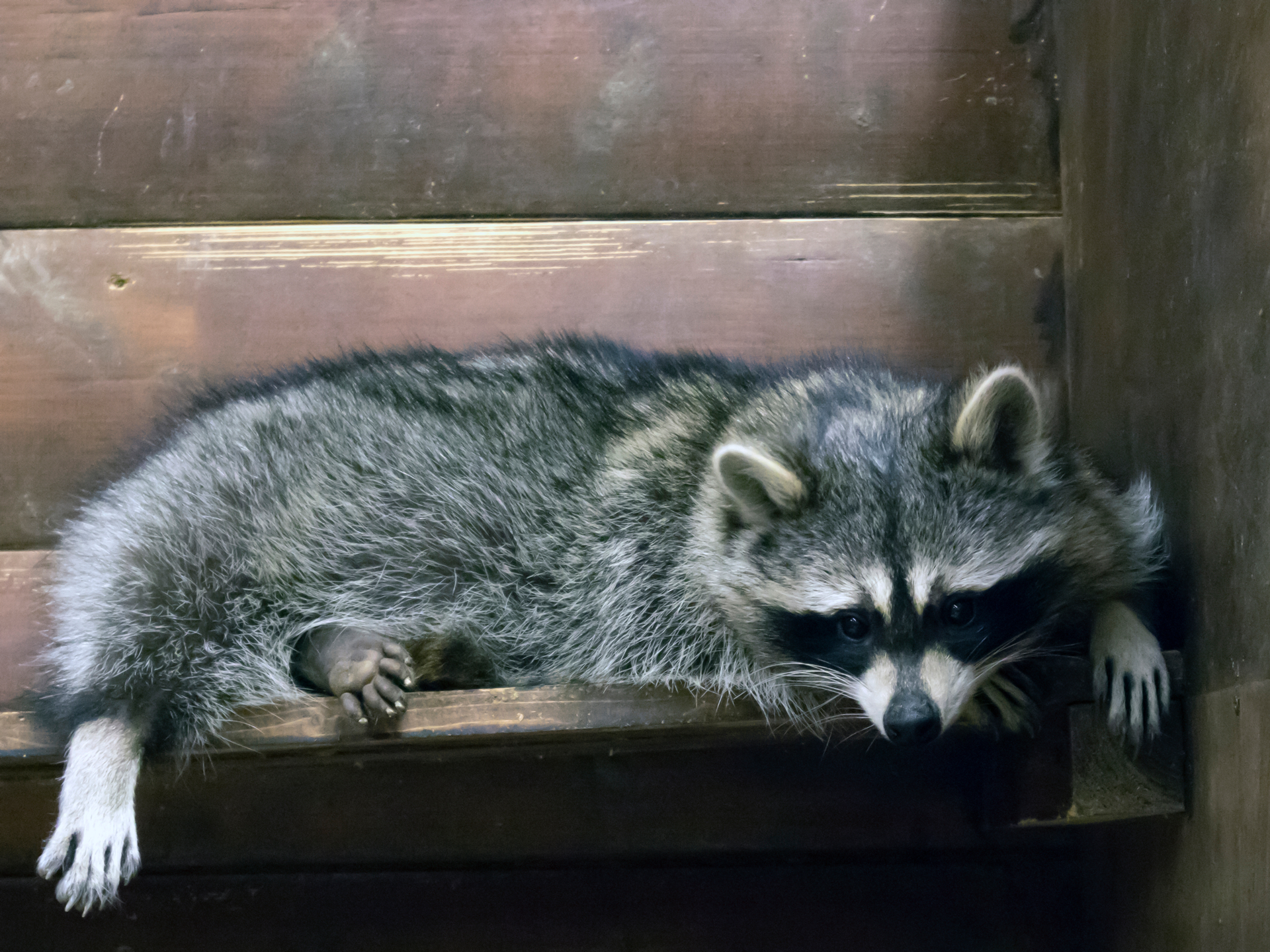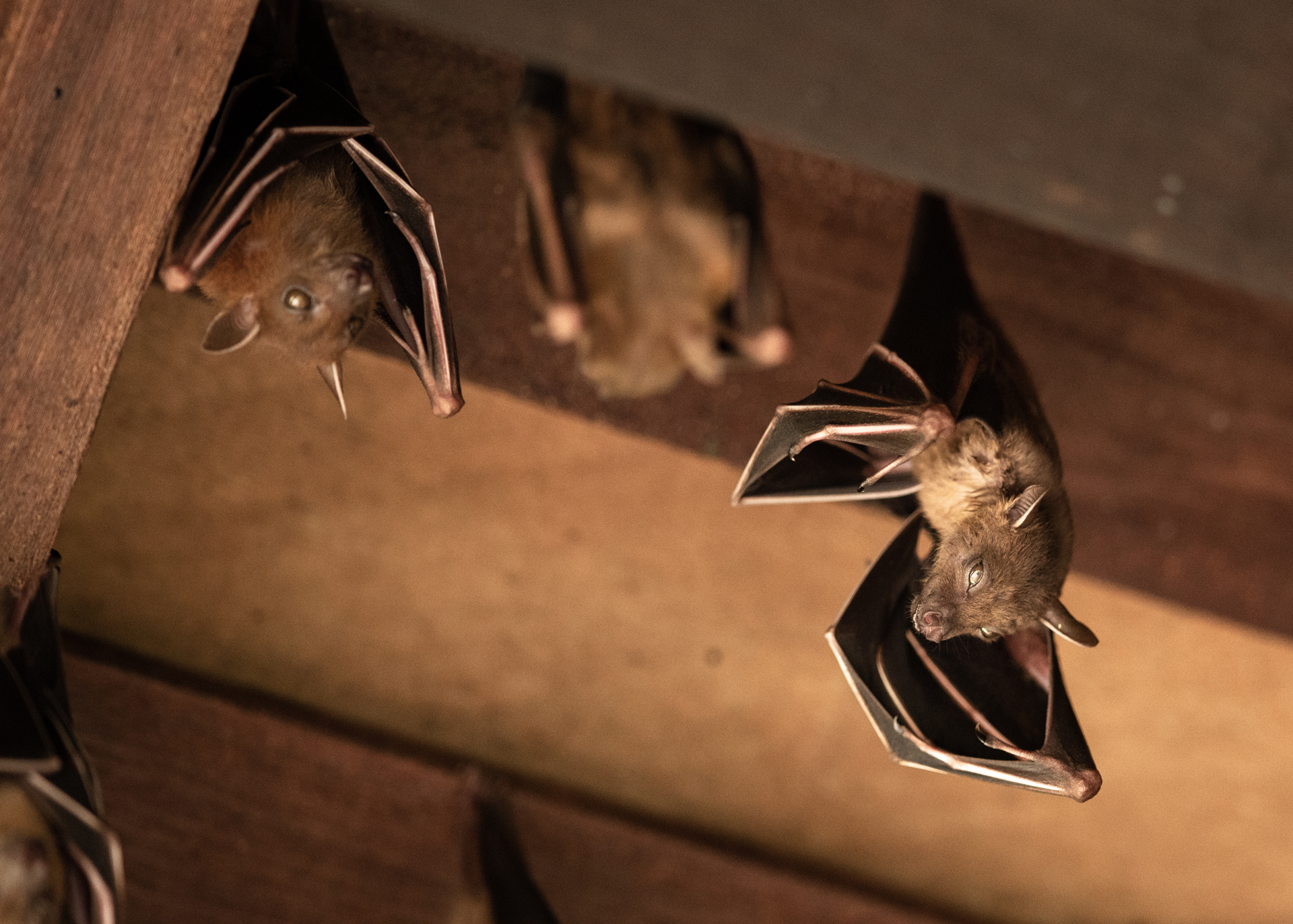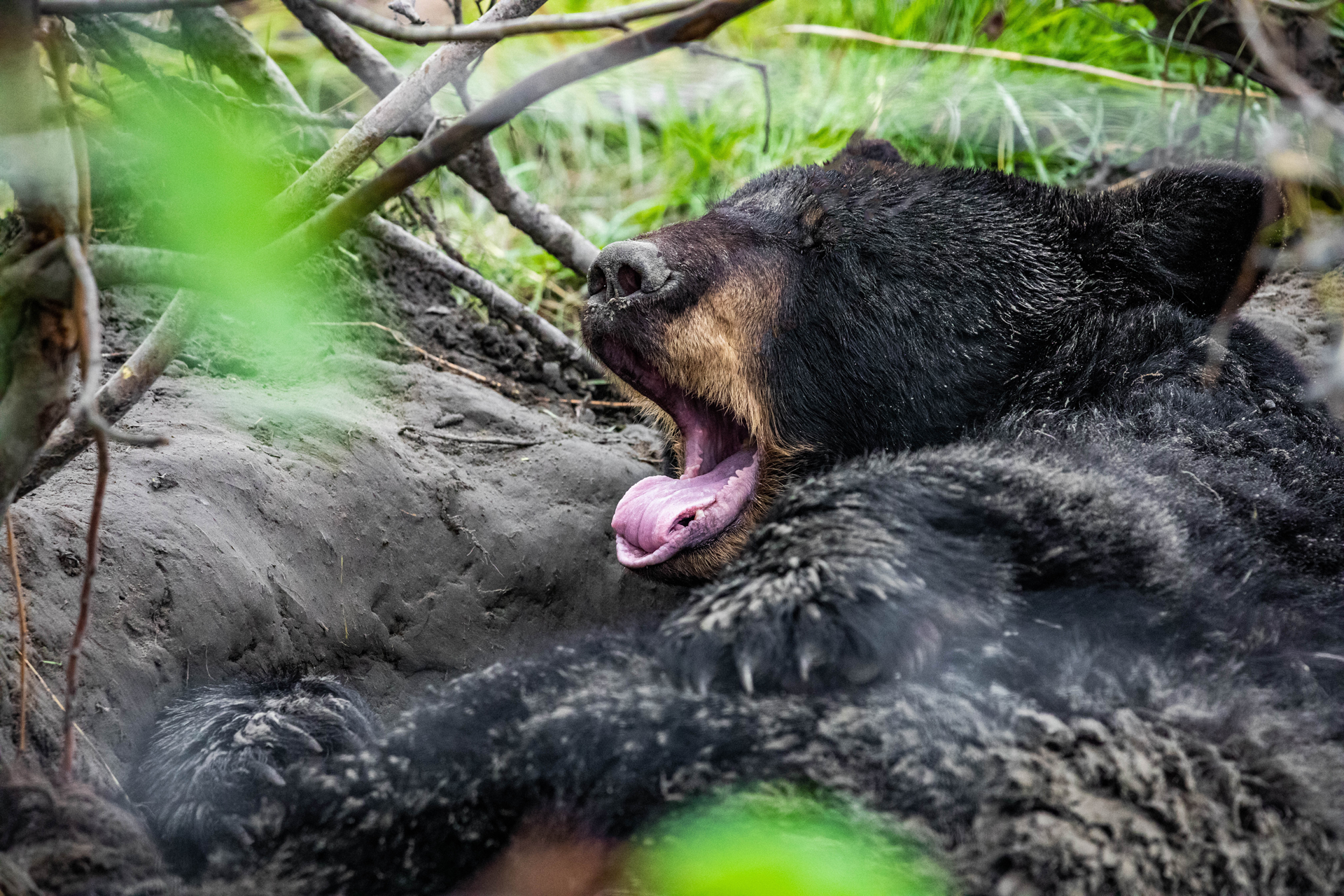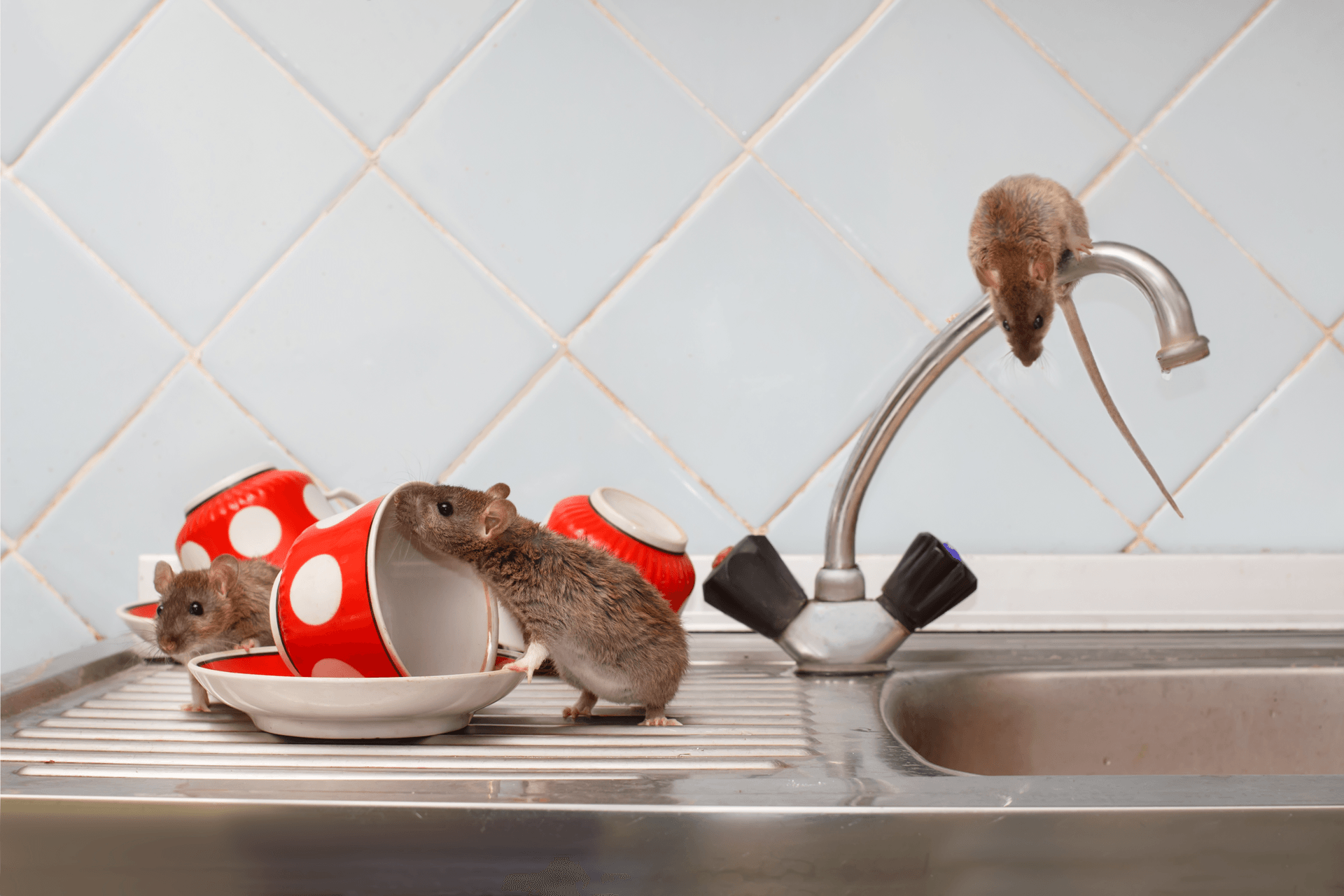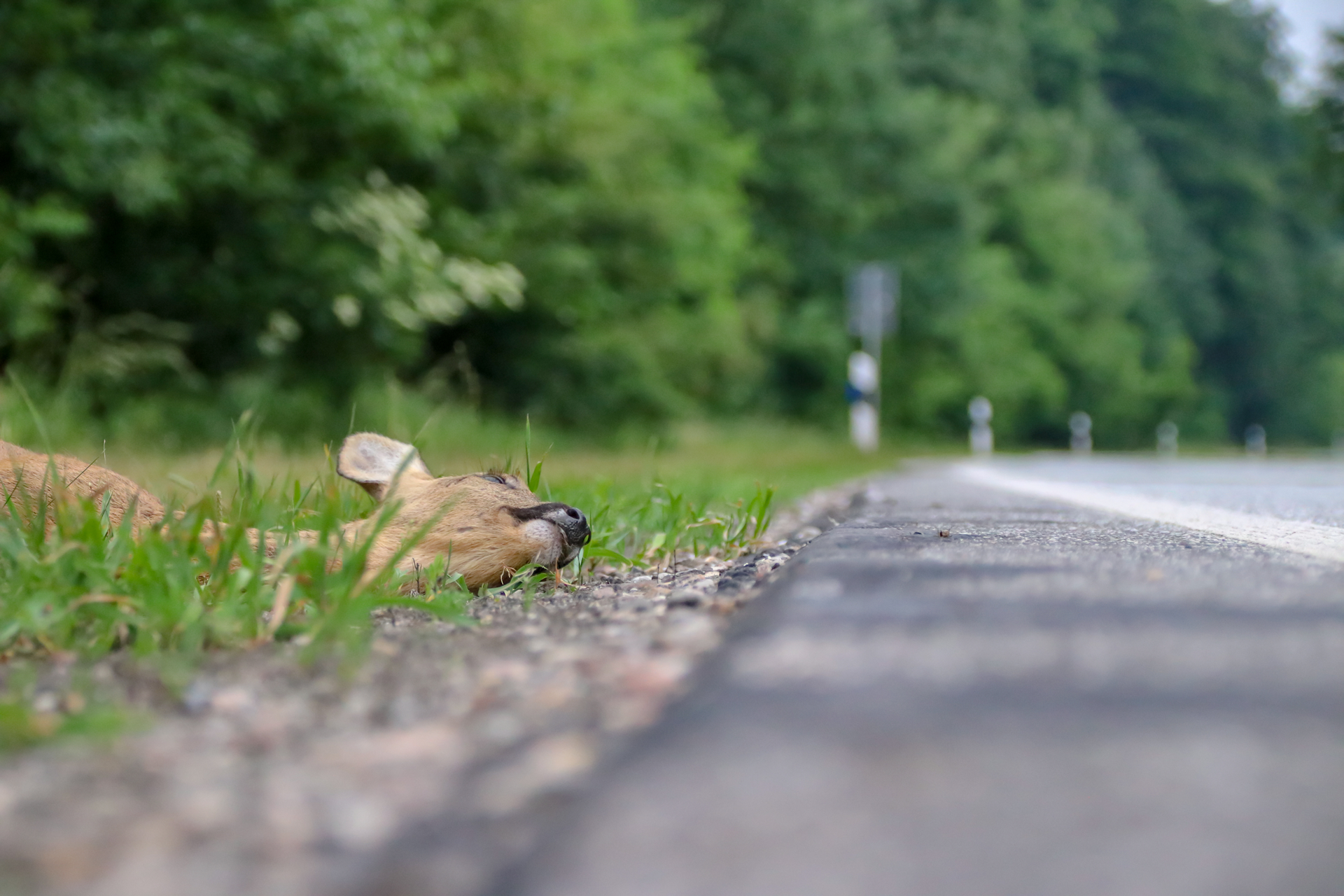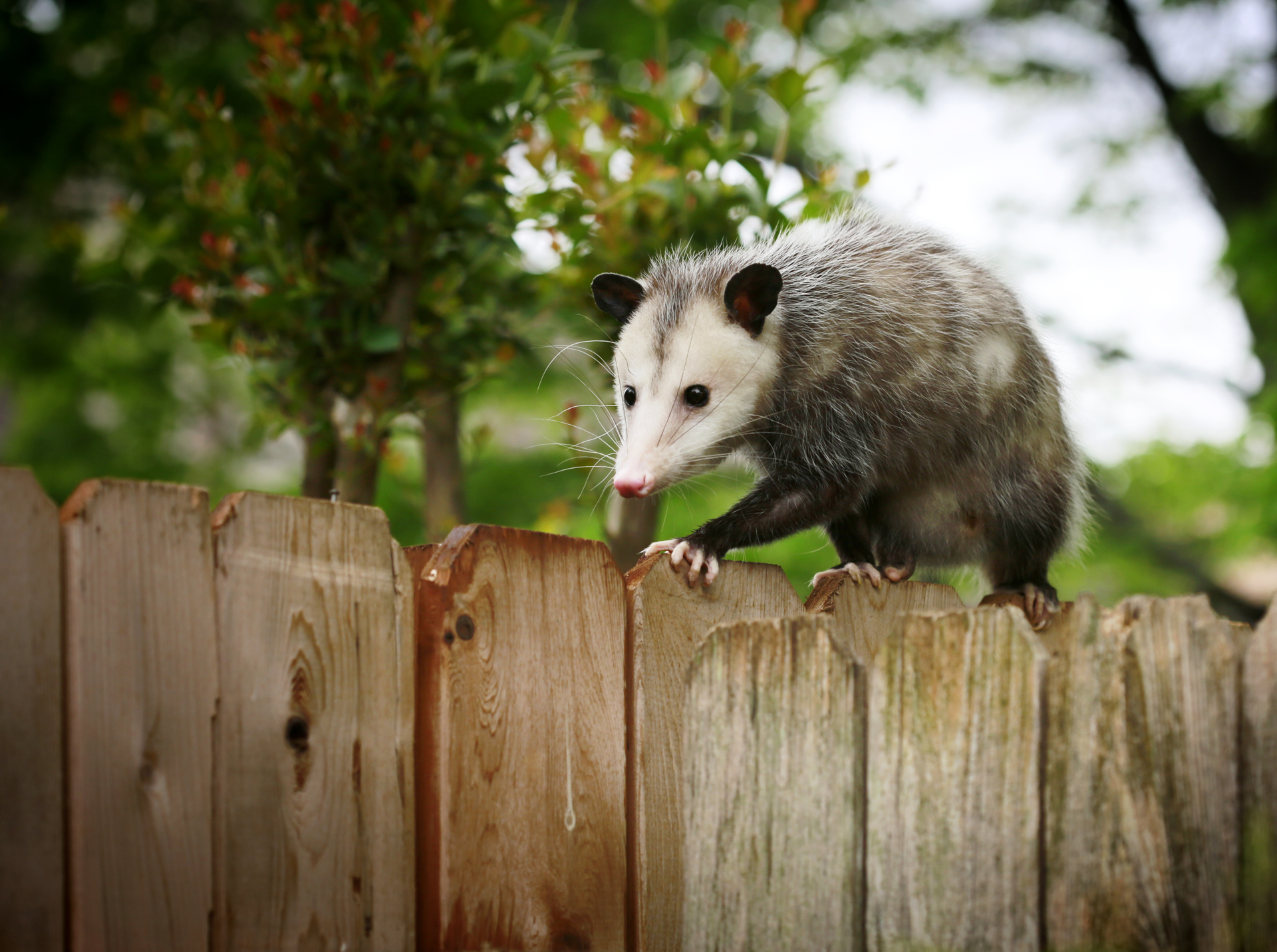What Draws Bats To Your House?
Why Do Bats Love Our Homes & Businesses?
Of the many nuisance animals that can sneak into your home, bats may be near the top of the list for most terrifying. As the only flying mammal, they can flit through a room very fast; some species can even reach 100 miles an hour. You may wonder how they get into your home or business in the first place and what attracts them to a house or building.
One thing to keep in mind is that bats can squeeze through incredibly small spaces. Though their bodies seem plump, and their wings can be massive, some species can squeeze through a slit as small as just half an inch wide. That means even a small crack, a tiny gap in your siding, or a missing shingle can entice the creatures to enter your home or business. Their wings have bones that resemble a hand, making them very maneuverable, and they can reach areas that may be difficult for other animals to reach.
So why are the bats there in the first place? They are often in your building by mistake. Though these creatures aren't blind, they focus largely on their echolocation to help them find their next meal. That may lead them to accidentally fly through an open window, door, or vent while seeking something to eat. Other species, like the Little Brown and Big Brown Bat, may go into your house or office on purpose, seeking food, water, and shelter. Since their normal habitat of dead or old trees has been largely deforested, bats are becoming more and more likely to seek out attics and eaves in place of a tree for their roosts.
They give birth when the weather warms following the Winter Season, and once their pups are born, the mothers leave them in the roost while the adults hunt during the night. For those first few weeks of the pup's life, the bat needs to know it's leaving its baby in a safe place. Unfortunately, that can mean invading your property. Humid conditions can result if your attic is improperly insulated, creating the perfect water source.
Some bats may attract full colonies, with up to 20 winged creatures setting up shop in a single darkened space. If your home is free of food, water, and a viable place for them to rest, they're less likely to invade en masse. Since bats feast on insects and plants, having either of those near your home could also draw them in. Bird baths, ponds, and landscaped water gardens could be culprits for what's attracting them to your house.
You may want to substitute some of your fruit trees for decorative flower bushes if you notice a bat problem. However, you'll need to choose the right ones because they are attracted to flowers like Yucca, Honeysuckle, French Marigolds, and more. Compost heaps, while great for the environment, make good hiding spaces for grubs and an easy meal for bats. Hire a pest control professional to the property if too many bugs draw the creatures in.
Despite their bad reputation, they are important to the ecosystem. Over 300 fruits, including bananas, peaches, agave, figs, and cacao, depend on them animals for pollination. That is one of the reasons that many species are federally protected and why Natural State Wildlife Solutions handles them with great care. They also eat their body weight in insects nightly, up to 1,000 mosquitoes in a single hour, and other insects like moths, grasshoppers, and beetles.
Although they may be special, keeping your distance is still important if you see a bat. It isn't just their proficiency in pollination and insect devouring that makes bats impressive; they also harbor more dangerous viruses and bacteria than any other animal species on earth. They're also the animal that bears the highest responsibility for rabies deaths in the United States. Some zoonotic viruses they carry can spread through direct contact, like a bite or scratch, or indirect contact, like exposure to their feces and urine.
An encounter with them is a potential danger. If a bat does make it onto your property, it's important to call a wildlife control professional to handle them. Natural State Wildlife Solutions removes bats as carefully and gently as possible. We pride ourselves on our humane removal methods and thorough, systematic inspections and repair work. Our
exclusion services include using one-way doors that prohibit them from re-entering.
Contact us today for an estimate or more information about our nuisance wildlife removal services.


